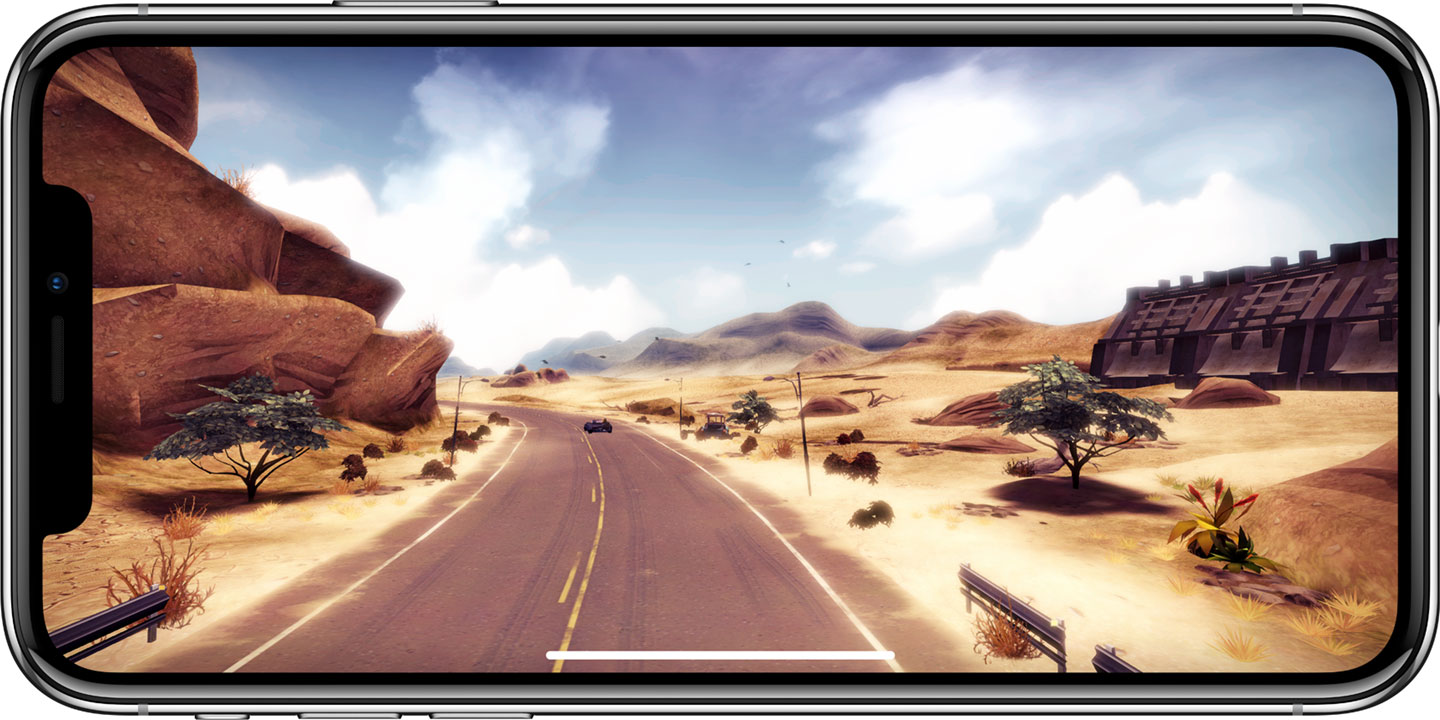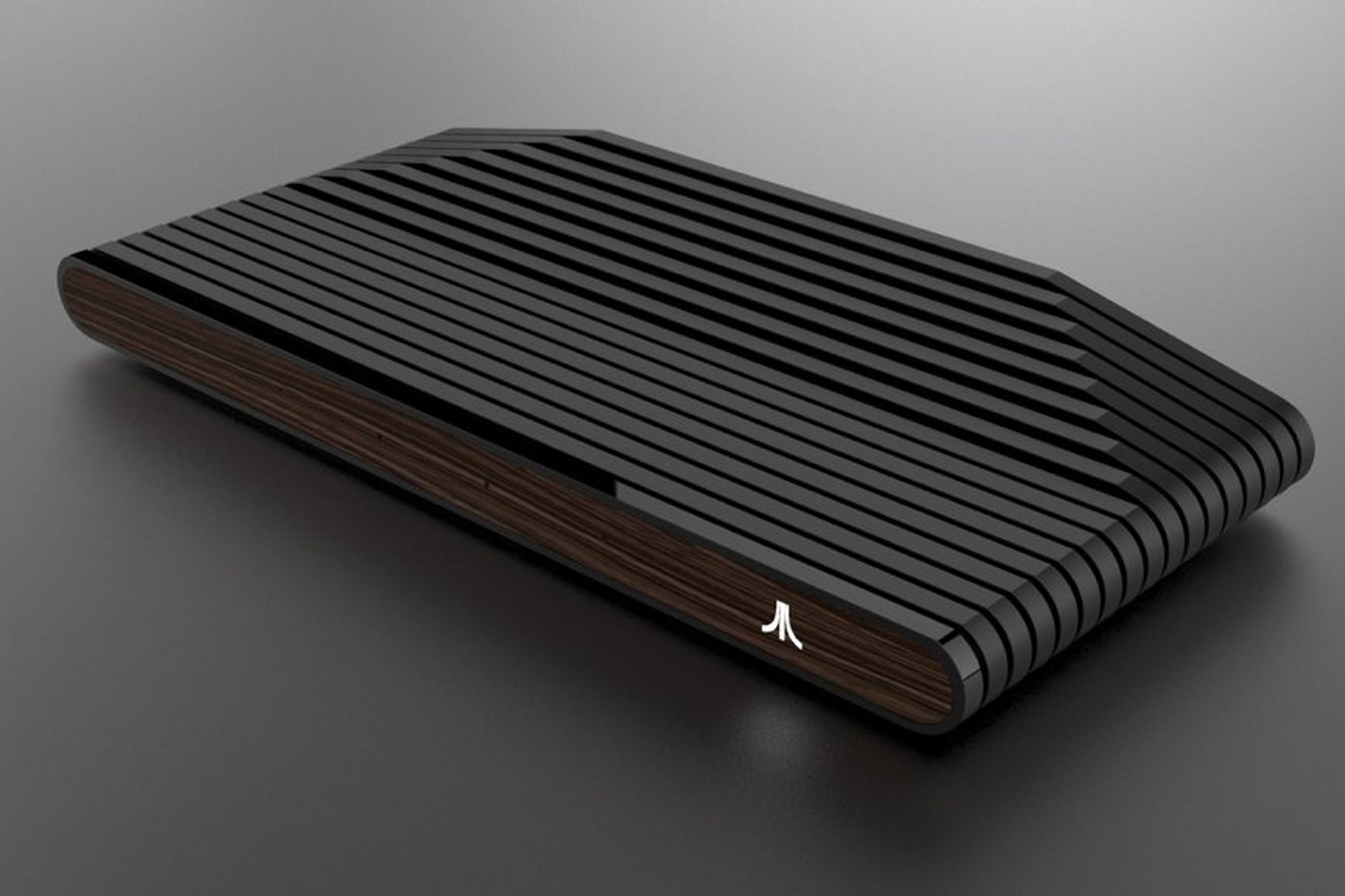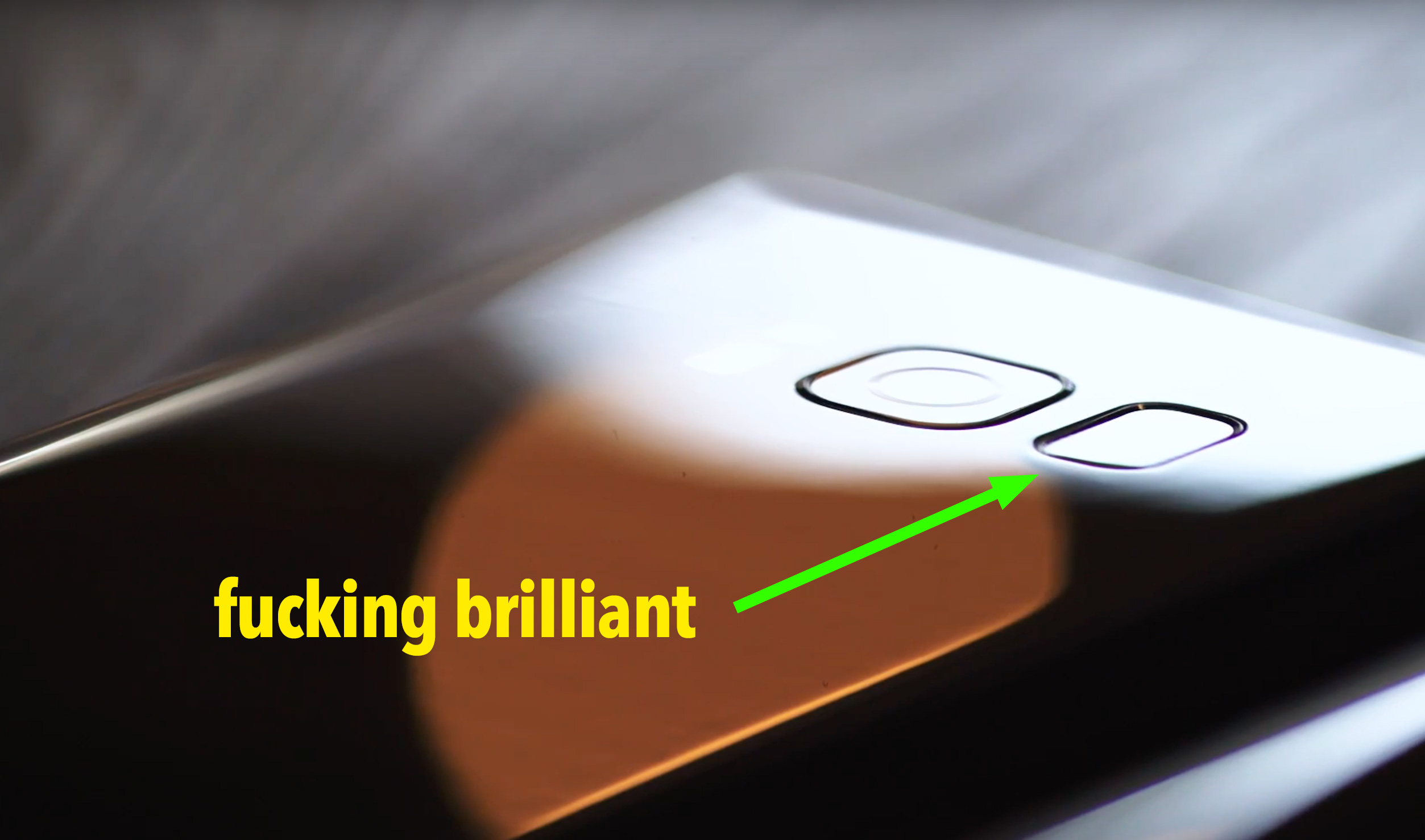“When you realize you just don’t need something anymore, there is little desire to buy another.”
Hodinkee’s Ben Clymer reviewed the Apple Watch Series 3 (via Daring Fireball):
Will anyone be trading in their Lange Double-Split for an Apple Watch? Certainly not. But, will the average Lange owner buy an Apple Watch, wear it on the weekends, and then, after a great workout with it, decide to leave it on next for a vacation to the beach, and then maybe on casual Friday to the office? It’s possible. Apple products have a way of making someone not want to live without them…So while certainly not direct competition for haute horology watchmaking right now, the Apple Watch is absolutely competition for the real estate of the wrist, and years down the road, it could spell trouble for traditional watches even at a high level. When you realize you just don’t need something anymore, there is little desire to buy another. At the lower end, I believe the Apple Watch is a serious threat to those less faithful wearers of analog watches.
He’s right. Apple Watch will not replace high-end, analog watches, but it is a threat to a portion of the analog watch market.
Just the fact that Apple Watch is being seriously reviewed on watch enthusiast sites like Hodinkee is confirmation of Apple having encroached on the territory of old school watch makers.




